The myriad forms of canine coats are a testament to the remarkable diversity within the dog kingdom, ranging from the monochromatic to the extravagantly patterned. Among these, piebald patterns—characterized by patches of unpigmented fur alongside the base color, typically resulting in a white and colored pattern—are especially striking. This distinctive pattern is not limited to a single breed but is found across various dog breeds, contributing to their unique appearances and often, their historical roles. The piebald gene is responsible for these patterns and can vary greatly in expression, leading to a wide range of appearances even within the same breed. From the sturdy guardians of livestock to the swift hunters of the plains, dogs with piebald patterns have found their niches in both human hearts and societies across the globe. This exploration of nine dog breeds with unique piebald patterns unveils the beauty and diversity of these canine companions, showcasing how genetics and history have woven together to create their distinctive and appealing appearances.
1. Dalmatian
The Dalmatian is perhaps the most iconic breed associated with the piebald pattern, characterized by its crisp, white base coat and distinct, evenly spaced black or liver spots. Originating from historical regions of Croatia, these dogs were bred for a variety of roles, including as guard dogs, hunters, and most famously, as firehouse mascots. The uniqueness of the Dalmatian’s coat isn’t just skin deep; it’s intertwined with the breed’s identity and has contributed to its popularity and recognition worldwide. Despite their glamorous appearance, Dalmatians are known for their intelligence, loyalty, and energy, requiring ample exercise and mental stimulation to thrive. The breed’s distinctive spots are a result of a genetic mutation affecting pigmentation, ensuring that no two Dalmatians have the same pattern, thus making each dog uniquely beautiful.

2. English Setter
The English Setter, distinguished by its elegant frame and a coat adorned with a speckled piebald pattern known as “belton,” is a breed that epitomizes grace and endurance. Originating from England as a bird dog, this breed’s unique coat pattern serves not just for aesthetics but also as camouflage in the field. The belton pattern can appear in various colors, including blue (black and white), orange, lemon, and even tricolor. English Setters are renowned for their friendly demeanor, making them excellent family pets alongside their historical role as hunting companions. Their medium-length coat requires regular grooming to maintain its condition and showcase the beautiful piebald patterning. Beyond their striking appearance, English Setters are celebrated for their gentle nature, intelligence, and eagerness to please, making them a beloved breed among dog enthusiasts.
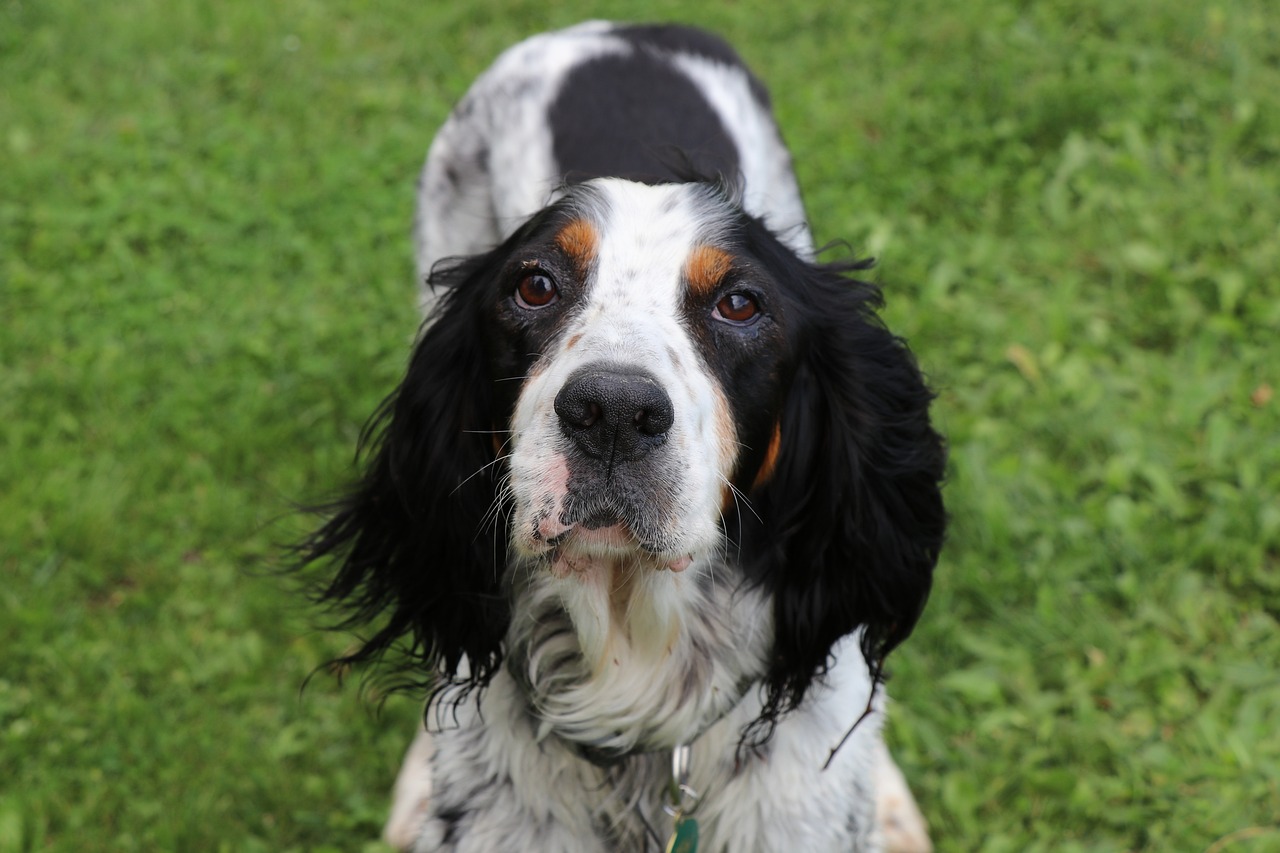
3. American Pit Bull Terrier
The American Pit Bull Terrier, a breed often surrounded by controversy, also sports the piebald pattern among its array of coat colors and markings. Known for their strength, intelligence, and loyalty, Pit Bulls with piebald patterns exhibit large patches of white interspersed with color, ranging from black and blue to red and fawn. These patterns not only contribute to the breed’s striking appearance but also highlight the muscular physique that Pit Bulls are known for. Despite the breed’s challenging reputation, Pit Bulls with responsible ownership can be incredibly affectionate, playful, and devoted family members. The piebald pattern in Pit Bulls, as in other breeds, is inherited and can vary greatly in expression, leading to a wide variety of unique and beautiful appearances within the breed.
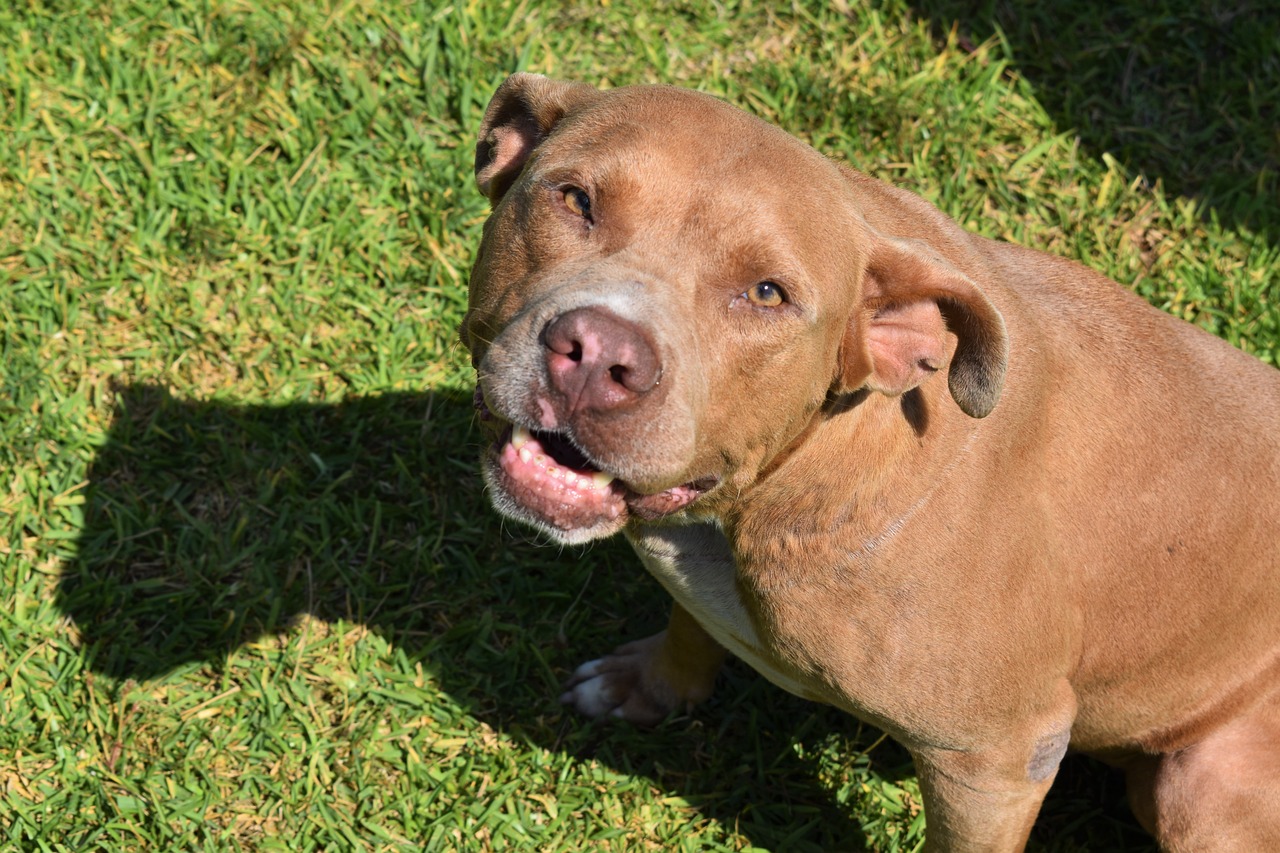
4. Bull Terrier
The Bull Terrier, with its distinctive egg-shaped head, is another breed where the piebald pattern is celebrated. Originally bred for dog fighting in the 19th century, Bull Terriers have since moved beyond their contentious past to become affectionate and comical companions. The breed’s coat can exhibit the piebald pattern in a variety of expressions, from predominantly white bodies with colored markings on the head and tail to more evenly distributed patches of color. Bull Terriers are known for their robust and muscular build, which, combined with their unique coat pattern, creates a striking appearance. Despite their formidable ancestry, Bull Terriers are remarkably gentle and friendly with their families, often described as “clowns” for their playful and quirky personalities. Their piebald coats add to their distinctive charm, making them stand out in the canine world.
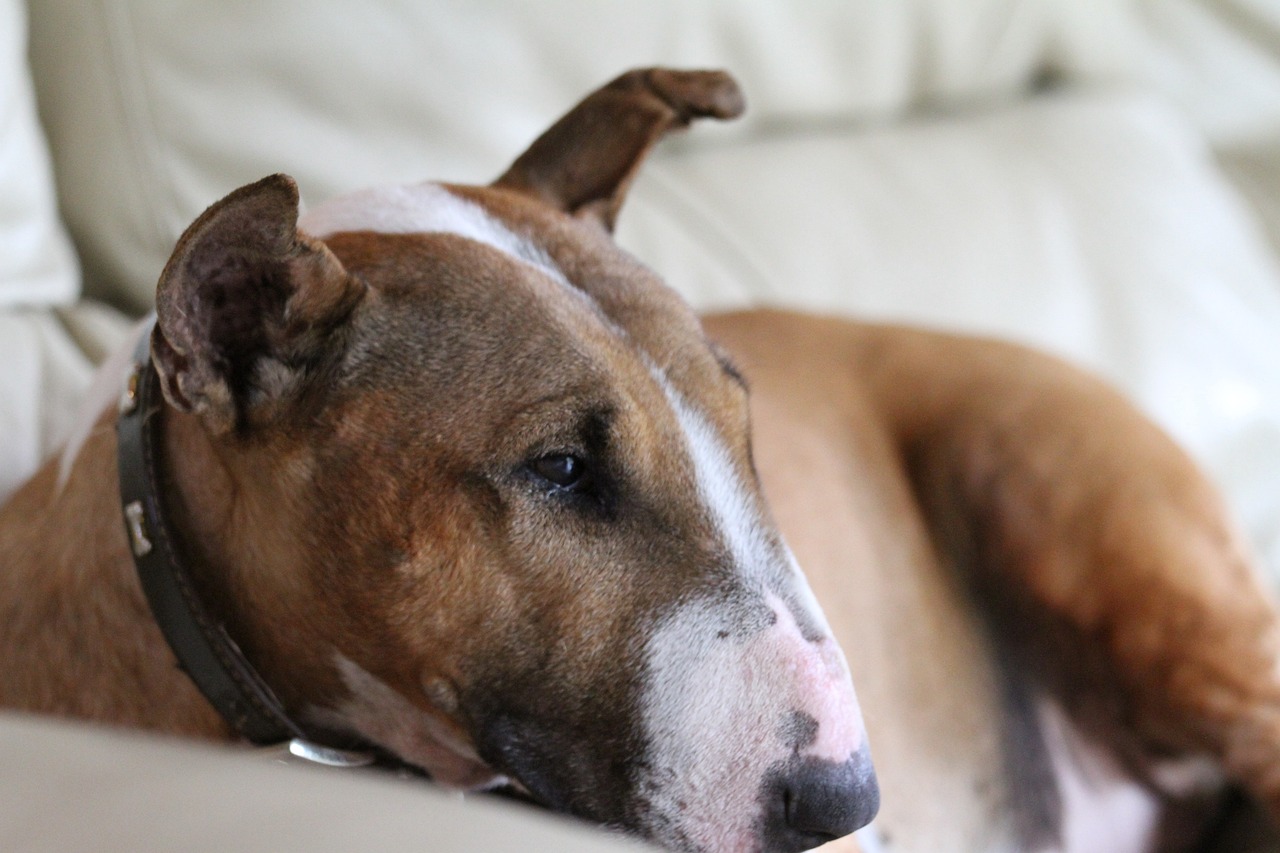
5. Basenji
The Basenji, often hailed as the “barkless dog” due to its unique vocalizations, also boasts the piebald pattern among its coat variations. Originating from Central Africa, where they were used as hunting dogs, Basenjis have a short, fine coat that can feature clear white markings against a backdrop of black, red, or brindle. The contrast between the white and the base color in Basenjis highlights their sleek, elegant physique and expressive faces. Basenjis are known for their intelligence, independence, and curious nature, traits that made them invaluable companions to hunters in their native lands. The piebald pattern in Basenjis is not just an aesthetic trait but also a functional one, enhancing their visibility in dense underbrush during hunting expeditions. Despite their ancient lineage and hunting prowess, Basenjis have adapted well to modern living, proving to be affectionate and playful family pets. Their grooming needs are minimal due to their short coat, but their need for mental and physical stimulation is high, reflecting their active and inquisitive nature. The piebald pattern in Basenjis, with its crisp contrast and clean lines, adds to the breed’s overall mystique, making them a fascinating and beautiful breed to behold.
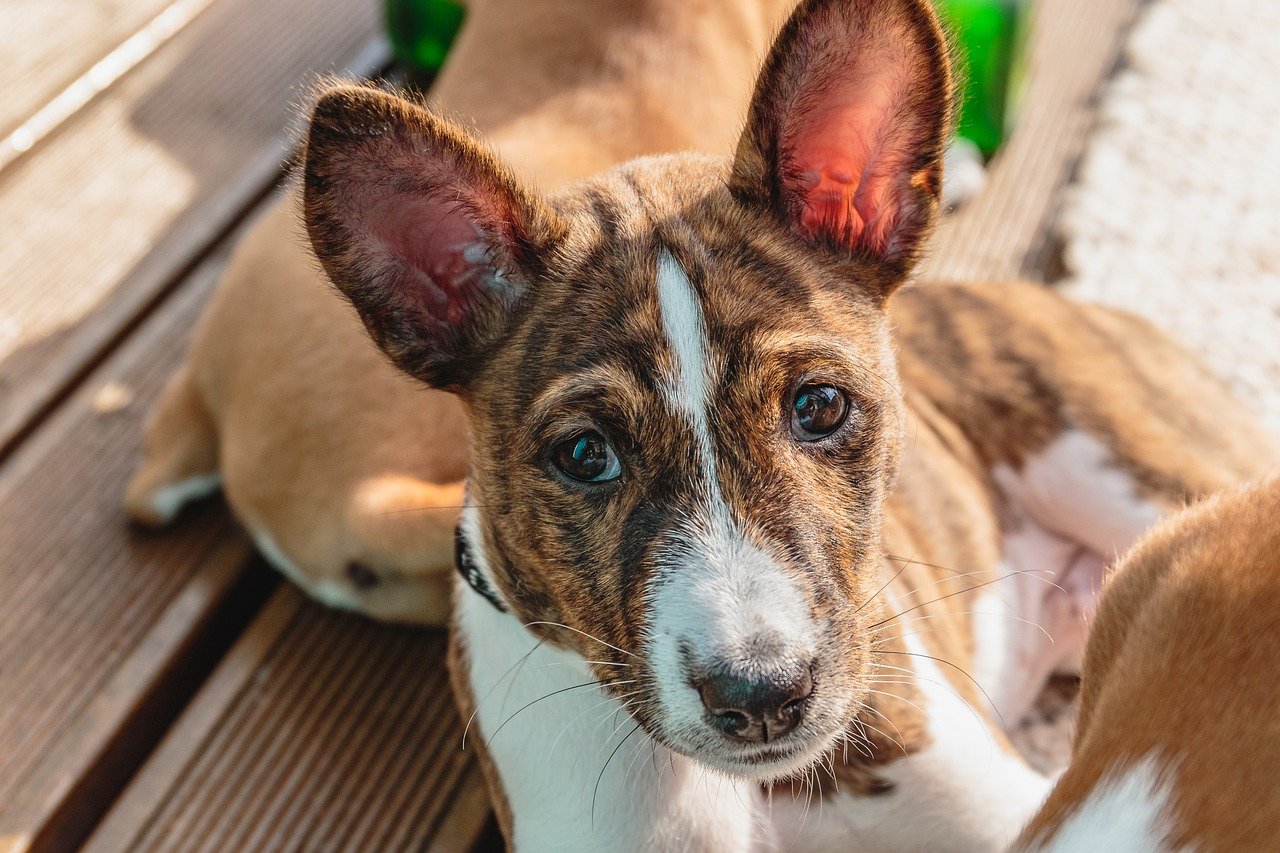
6. Border Collie
Border Collies, renowned for their intelligence and herding ability, also display the piebald pattern in some individuals. This breed, known for its work ethic and agility, often has a white base with patches of color, including black, blue, red, and merle, showcasing a striking piebald pattern that is as varied as it is beautiful. The pattern not only adds to their aesthetic appeal but also serves a practical purpose, enhancing their visibility in the field. Border Collies are highly energetic and require a significant amount of exercise and mental stimulation, qualities that have made them unparalleled in sheep herding and dog sports. Their coat can be smooth or rough, and while it requires regular grooming, it’s the piebald pattern that often catches the eye, making each piebald Border Collie uniquely stunning. Their intelligence, combined with their distinctive looks, makes them a favorite among dog lovers and working farmers alike.

7. Australian Shepherd
The Australian Shepherd, despite its name, originated in the United States and is another breed that showcases the piebald pattern. Known for their versatility as farm dogs, Australian Shepherds have a coat that can exhibit a wide range of colors and patterns, including the striking piebald. The breed’s coat may display large patches of white mixed with black, blue merle, red, and red merle, creating a dazzling array of appearances. Australian Shepherds are as intelligent as they are beautiful, excelling in dog sports, herding, and as loyal family companions. Their medium-length coat requires regular maintenance to keep it looking its best, but it’s their friendly and work-oriented nature, combined with their distinctive piebald patterns, that truly sets them apart. Australian Shepherds are known for their boundless energy and require ample physical and mental stimulation, making them ideal for active families or individuals who can match their vibrant spirit.
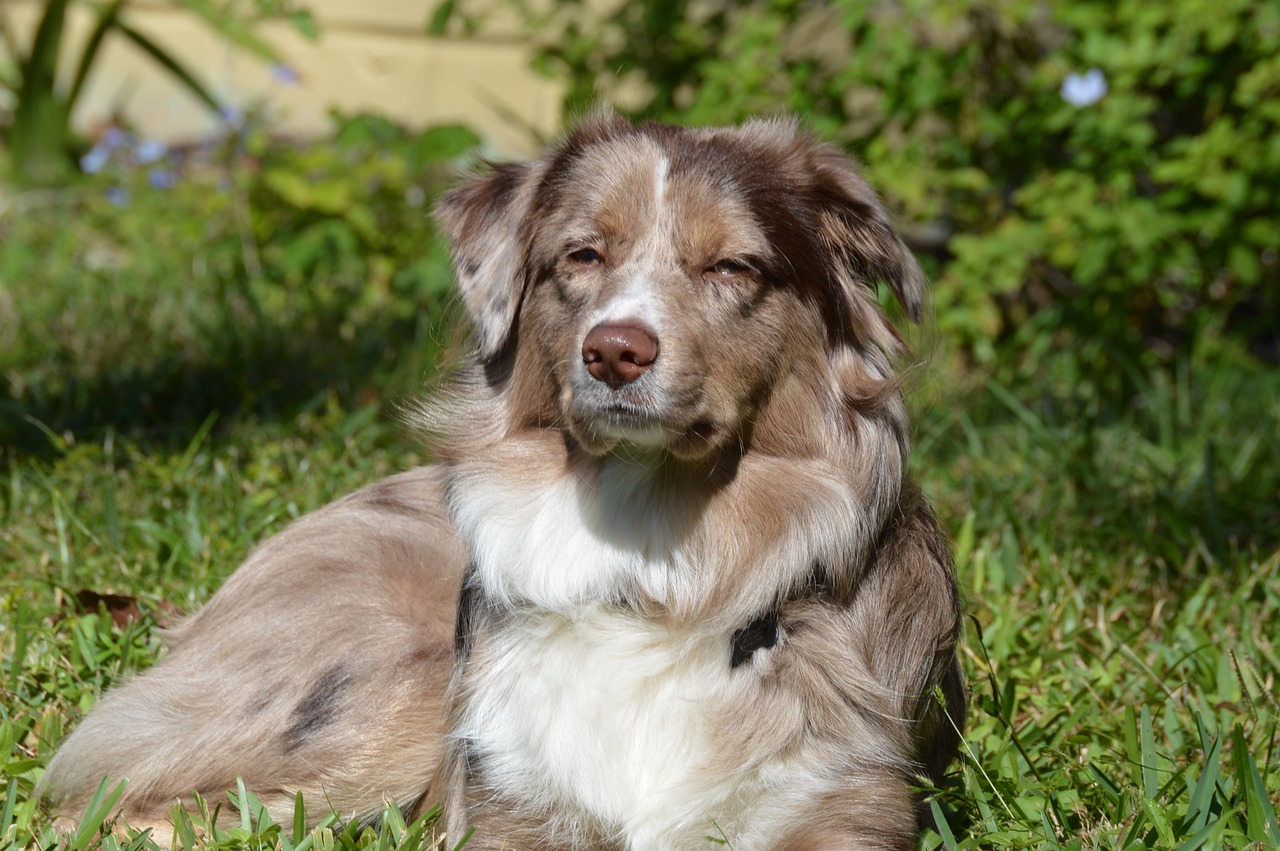
8. Great Dane
Great Danes, known as the “Apollo of Dogs” for their majestic appearance and towering size, can also exhibit the piebald pattern, which adds to their commanding presence. These gentle giants may have large, irregular patches of color on a white base, commonly seen in the harlequin and mantle variations. The piebald pattern in Great Danes is particularly striking due to their size, with the contrast between the white and colored patches accentuating their noble and elegant stature. Great Danes are known for their friendly, affectionate nature, often forming strong bonds with their families. Despite their size, they are gentle and patient with children, making them excellent family pets. Their coat is short and requires minimal grooming, but their size and energy levels demand ample space and exercise. The piebald pattern on a Great Dane not only enhances their beauty but also highlights their gentle, loving temperament, making them a beloved breed among dog enthusiasts.
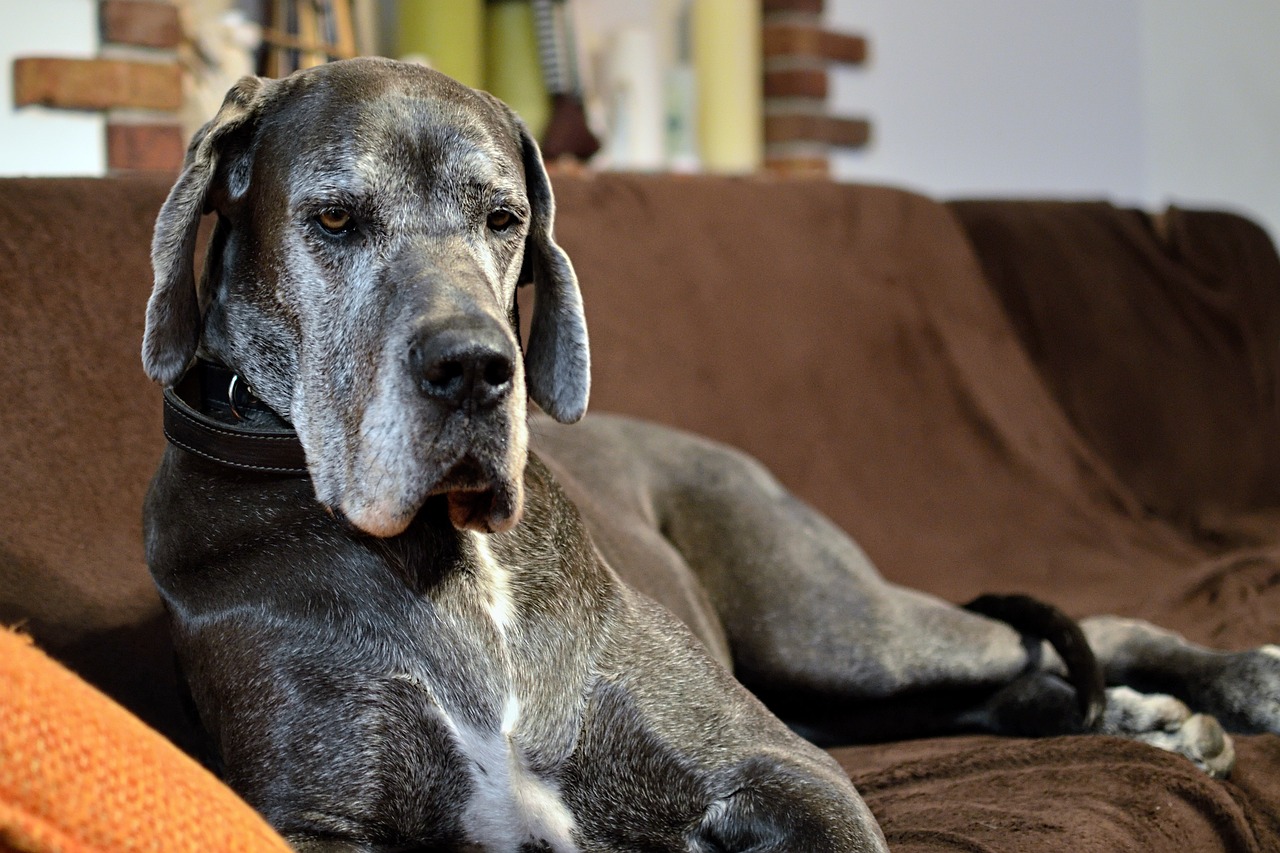
9. Shetland Sheepdog
The Shetland Sheepdog, or “Sheltie,” is a small breed that can also feature the piebald pattern, typically manifesting as a white collar, legs, and blaze on the face, combined with colors like sable, black, and blue merle. Originating from the Shetland Islands in Scotland, these dogs were bred for herding and share many physical and behavioral traits with their larger cousin, the Collie. Shelties are known for their intelligence, agility, and loyalty, making them excellent companions and competitors in dog sports. Their double coat is dense and requires regular grooming to maintain its appearance, including the management of their characteristic piebald markings. The contrast provided by their piebald pattern not only adds to their visual appeal but also highlights their alert and expressive faces, making each Sheltie uniquely beautiful.
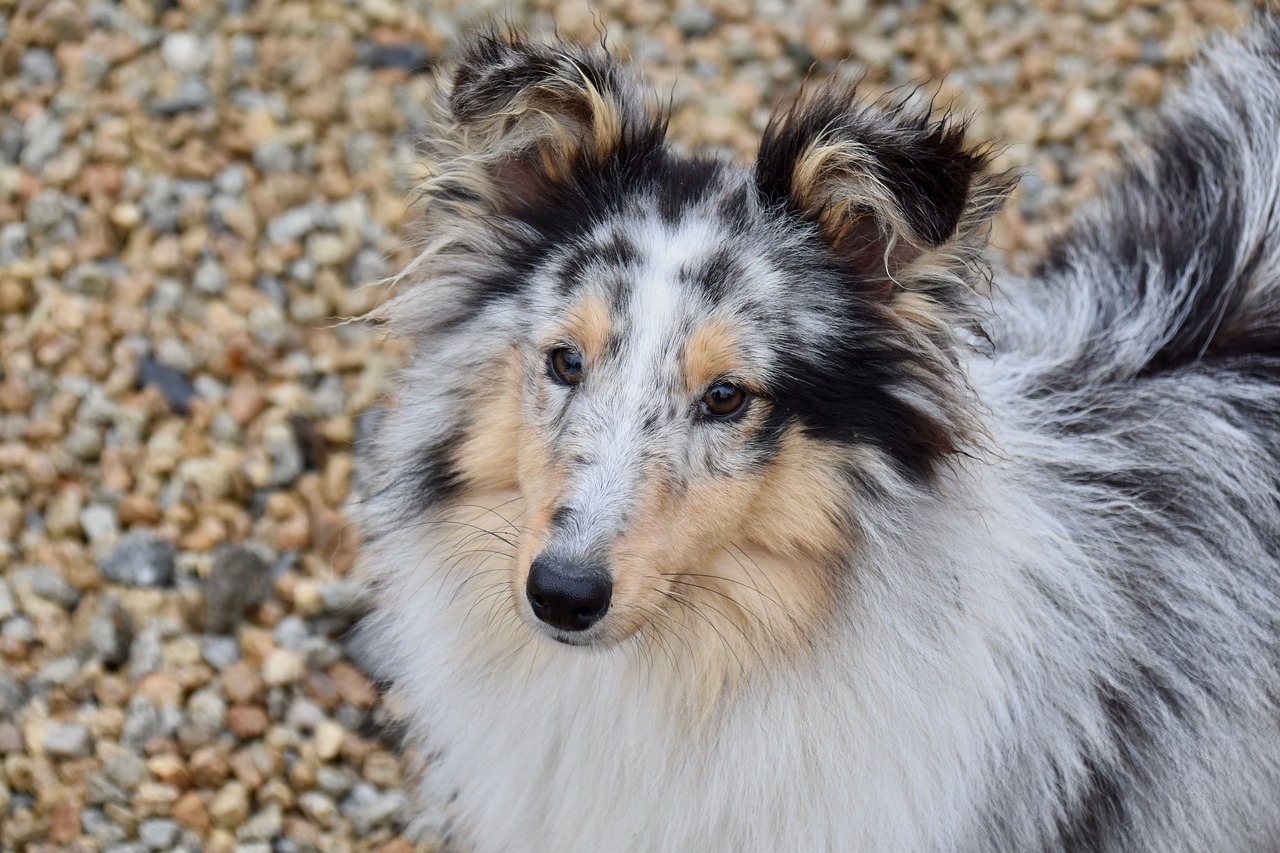
The piebald pattern, while genetically similar across different breeds, manifests in a stunning variety of expressions, from the elegant spots of the Dalmatian to the majestic patches of the Great Dane. These nine breeds, each with their unique history and role alongside humans, showcase the incredible diversity of the canine world. The piebald pattern not only contributes to their beauty but often enhances their functionality and visibility in their traditional roles. Beyond their striking appearances, these breeds are cherished for their intelligence, loyalty, and companionship, offering a perfect blend of beauty and utility. Whether working in the fields, guarding homes, or enriching families with their affectionate presence, dogs with piebald patterns embody the spirit and versatility of the canine species. Their patterns are a canvas on which nature paints the tales of breed histories, geographic origins, and the roles they have played in human societies. Each spot, patch, and marking tells a story of evolution, adaptation, and the deep bonds formed between dogs and humans over thousands of years.
 Toledo, United States.
Toledo, United States.